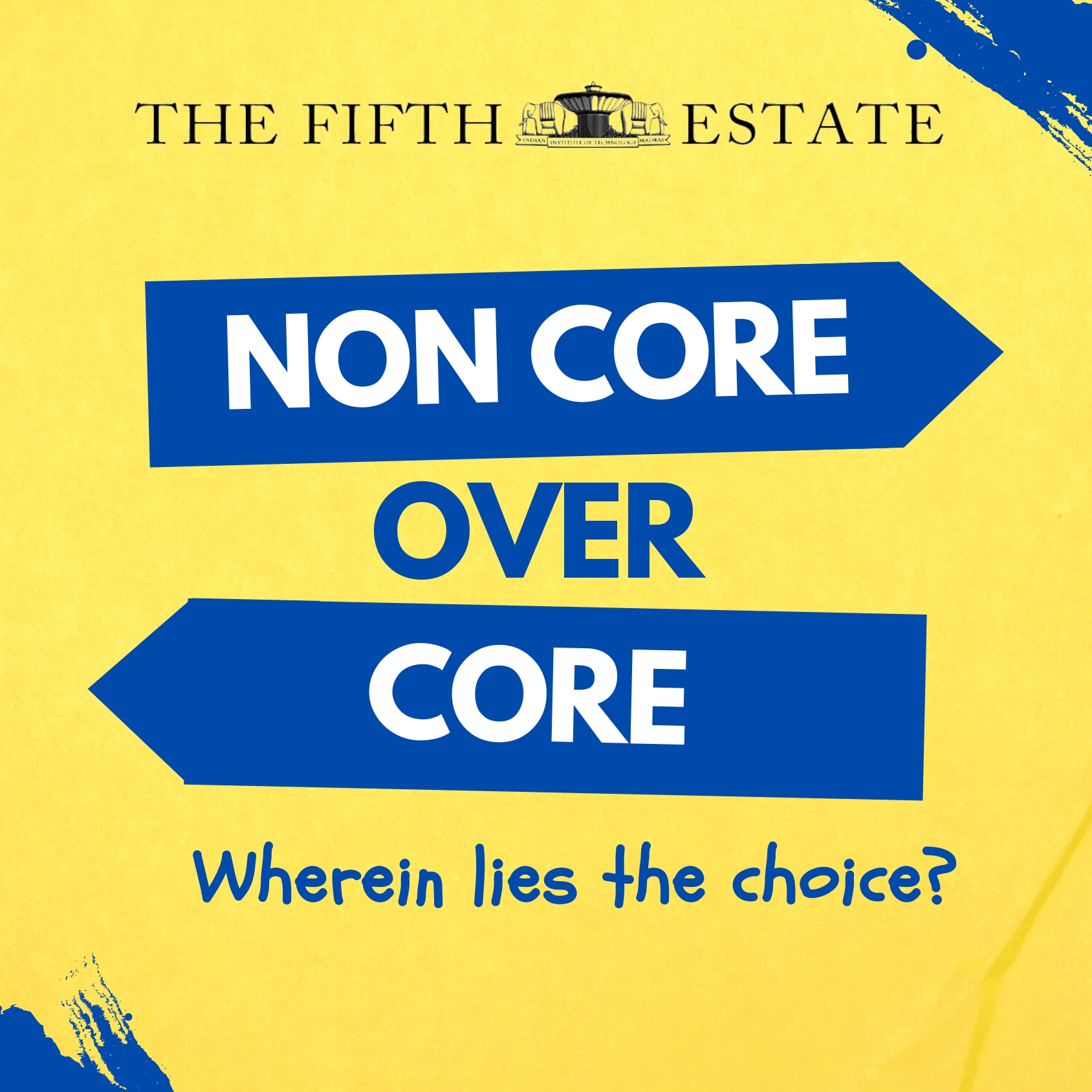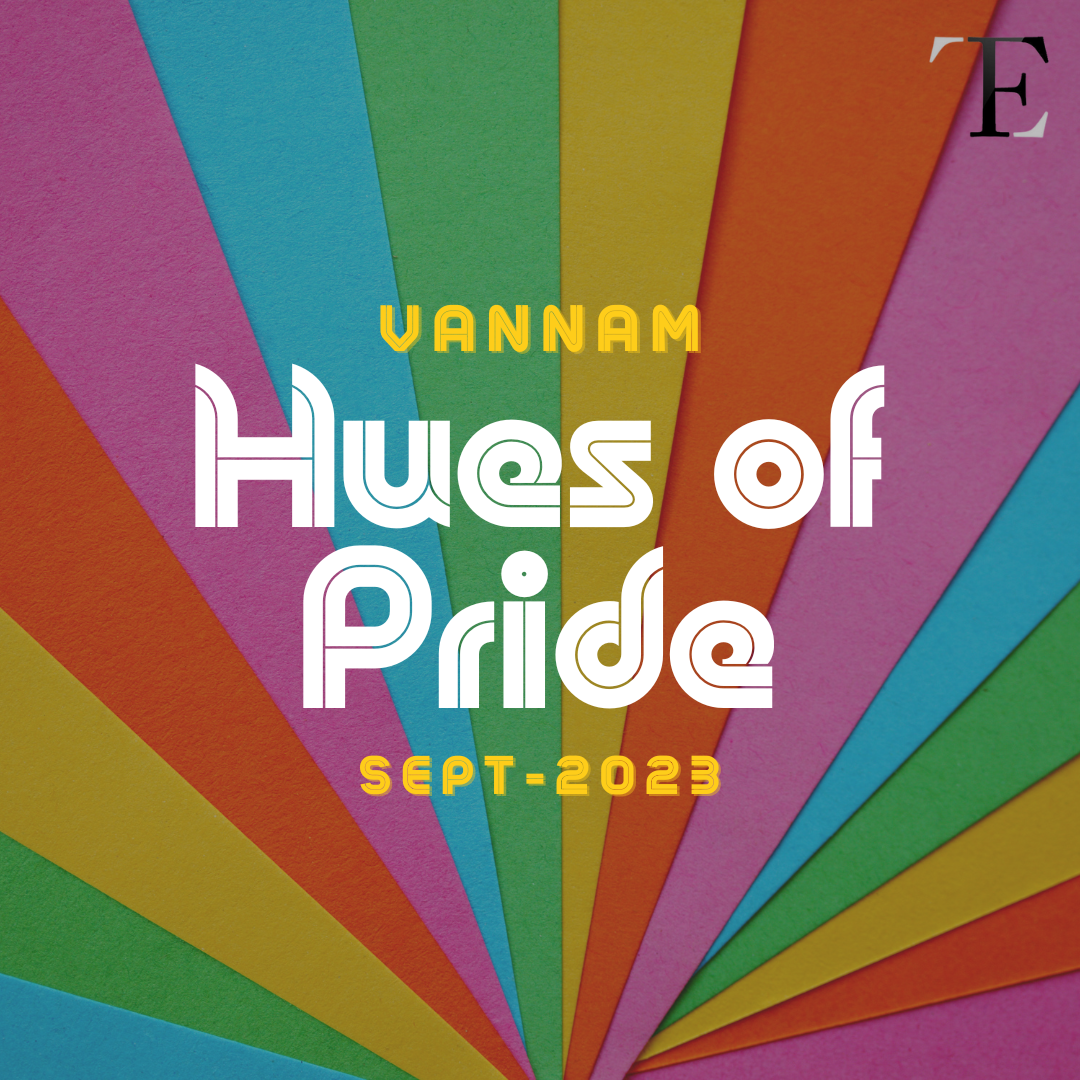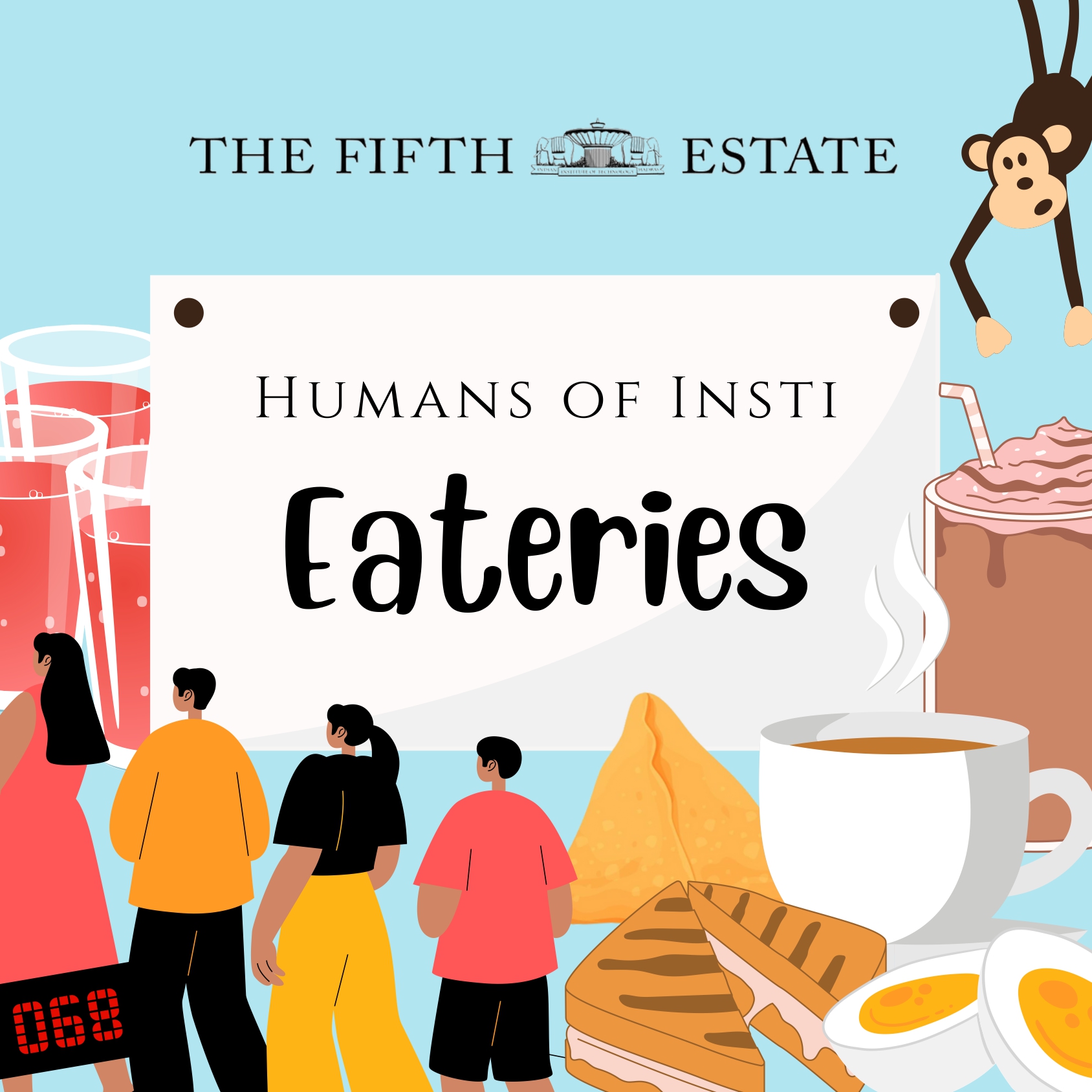The Extra Mural Lectures team of IIT Madras hosted the dynamic Dr. Manu S. Pillai on the 3rd of October for a fireside chat on “Religious Pluralism in India: A History”. Dr. Pillai is an author and historian with many critically acclaimed books to his credit, including the award-winning The Ivory Throne: Chronicles of the House of Travancore (2015), Rebel Sultans: The Deccan from Khilji to Shivaji (2018), The Courtesan, the Mahatma & the Italian Brahmin: Tales from Indian History (2019), and most recently, False Allies: India’s Maharajahs in the Age of Ravi Varma (2021). T5E had the chance to conduct a written interview with him, in which he discussed all things history.
Excerpts from the conversation can be found below.
There are many branches in history. Is there one that particularly excites you? What is (or was) your least favourite branch to study, or you think is overrated?
At my core, I am very interested in human beings from the past. Which is why, even though my first book, The Ivory Throne, is a history of a region and time, it is also a biography. In my subsequent books also, I have actively tried to make historical figures come alive, because, in a sense, we “see” the past through their eyes, and are better able to connect with it. Additionally, the very complexity, originality, unpredictability of human beings makes them so fascinating as objects of research.
Your Ph.D. thesis was titled ‘Rajahs, Ranis, Deity, and Company: Hindu Kingship in Travancore, c. 1750-1950’. Did you find any interesting parallels to modern monarchies during your research?
The dissertation was on the encounter between colonialism and its new power dynamics with an older one based on divine kingship, to which mix may be added gender politics, racial prejudices, and the idea of authority itself. All of these do appear in present-day monarchies also, though in many parts of the world monarchs no longer have the kind of power that these historical figures possessed. But because, in the end, human beings are the ones who operate the world, many patterns recur. There are some core human traits and habits that never change. Tussling over power and status is just one simple example.
Very often, history is taught through dynasties. Do you think that we narrow down our understanding of history when we do this? How do you broaden your understanding of the complexities of social ties in history?
History is more than just about kings and queens. But even when studying kings and queens, we can do it in more interesting ways, by moving beyond narratives of greatness and glory, to really understanding structures of power, political negotiations, the meanings of court rituals and what they symbolised, the enmeshing of religion and ideology with kingship, etc. But yes, the world is much bigger: history can and must be approached bottom up and from very many other themes and perspectives. To give you an example, I have studied the Travancore region through its internal dynamics; I then studied it through its engagement as a political unit with the colonial power; and I have studied two major periods of its history. In each of these phases, different aspects are illuminated. It is by bringing all this together that I form a more sophisticated understanding of the region and its past itself. The more we learn, and from different perches, the better we understand things.
Every time I study historical texts, a quote famously attributed to Churchill, “History is written by the victors,” comes to mind. What is your take on this? Do you take what you read with a pinch of salt? How do we find the truth?
Historians never take any narrative at face value, because everything is written in a certain context, by specific people, who have certain ideas and goals as they write. For example, with Martanda Varma of Travancore: if I take a key Sanskrit text about him, I get the impression of a very devout, noble ruler. But when I juxtapose this against oral narratives that circulated in marginalised caste groups in which he is cast in a negative light, the picture shifts. That oral narrative is also not entirely reliable; it too has its politics and goals. But playing sources against one another clarifies things for the historian. To this we add art, architecture, and other material sources of evidence. Ultimately, historians can never unearth the absolute truth. We can only offer intelligent ways in which to understand the past, as best as possible. I often, therefore, say that we can’t provide you the truth, but only something resembling it, something that comes close but never makes it the full distance. Because we are sitting in the present, trying to telescope into the past.
Any favourite stories you came across during your research that didn’t quite make it into your books?
Well, as a habit if I can’t include something interesting in the main text of my books, I squeeze it into the footnotes But yes there are always things that are left out. Far too many to list! One story, for instance, features the father in law of a major artist who was accused of killing a man with a jackfruit. But this one was too entertaining to be left out, and was included in my book False Allies.
History has become much more mainstream today, with a lot of researchers on Instagram or Youtube having significant platforms. Do you think that this allows history to seem less dull? What are the problems you feel could arise? What do you think are the best practices when sharing information about history on the internet?
Yes, I am not a purist when it comes to this. History can be communicated in multiple formats. It is true that a lot of online sources are not very good or reliable; sometimes people peddling pointedly bad stuff end up with huge followings. Outrage, after all, sells more today than sober reflection. But that is no reason to give up on the medium itself. I think more and more historians should use technology and these emerging formats to communicate good, reliable history, in all its complexity and with its nuances. History can be simplified without making it simplistic. All it takes is practice and a willingness to think outside of familiar boxes.
Historical research is only as good as its sources. Oftentimes, especially with regards to South Indian history, the sources are either degraded or lost. How do you overcome challenges like these in research?
We always look for as many sources as possible, so that even if one is imperfect, there are other reference points to work with. However, yes, often things disappear; sometimes they are destroyed in war (the Dutch for instance destroyed major Portuguese buildings and their contents in Kerala at one point) or by natural events (an earthquake ruined a major repository of Portuguese records on India in Lisbon in the eighteenth century). The mature thing to do is to admit that sources on that particular subject, for example, are limited; or, in other contexts, to acknowledge that we are using an imperfect source that might have issues. The problem arises when people, who have predetermined ideas, use shoddy sources while positioning those sources as absolutely unimpeachable.
Today, women’s history and other alternate perspectives have emerged. How do you think these kinds of histories are important and why do you think these are still not considered mainstream?
They are slowly becoming mainstream, but yes there is always more that can be done. Ultimately history is also an evolving, changing field. Perspectives and methods that were considered solid 100 years ago no longer pass muster. Similarly, in another 50 years, many of our approaches will be considered old fashioned and imperfect. There will be fresh perspectives that illuminate even familiar subjects, but in new ways. Technology—such as, for instance, DNA technology—is helping understand ancient history in fascinating ways. Earlier historians worked with theories and sometimes even speculation when it came to ancient times, considering they only had limited archaeological sources; now technology is helping prove some of those theories right, and disprove others.
What are some books that you would recommend for those looking to understand the different nuances of history? Any books you would call eye-openers?
I think more than individual books, we all generally need to cultivate the ability to engage in critical thinking and analysis. If we have these skills, we can appreciate any good book, without being totally seduced by it. But one charming account of the world of historians–with its scholarly interests, internal politics, clashes of ego, and much else–is TCA Raghavan’s History Men.
Lastly, do you have any advice for aspiring historians?
I am allergic to giving advice to people, but I’d say read, read, read; learn as much as you can; and never be in a hurry.
We thank the EML team for facilitating this interview.




